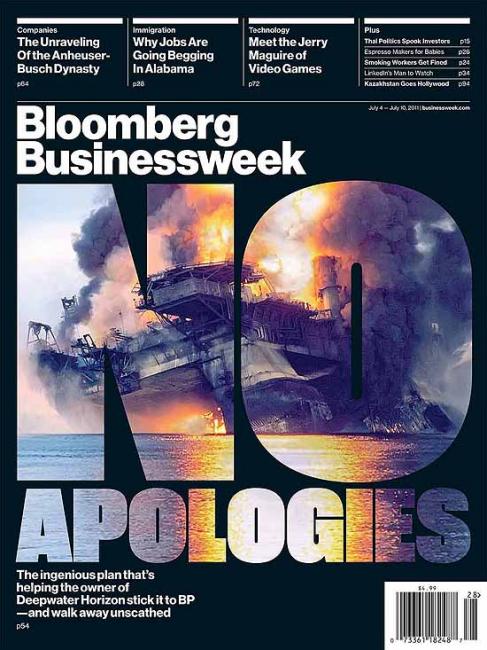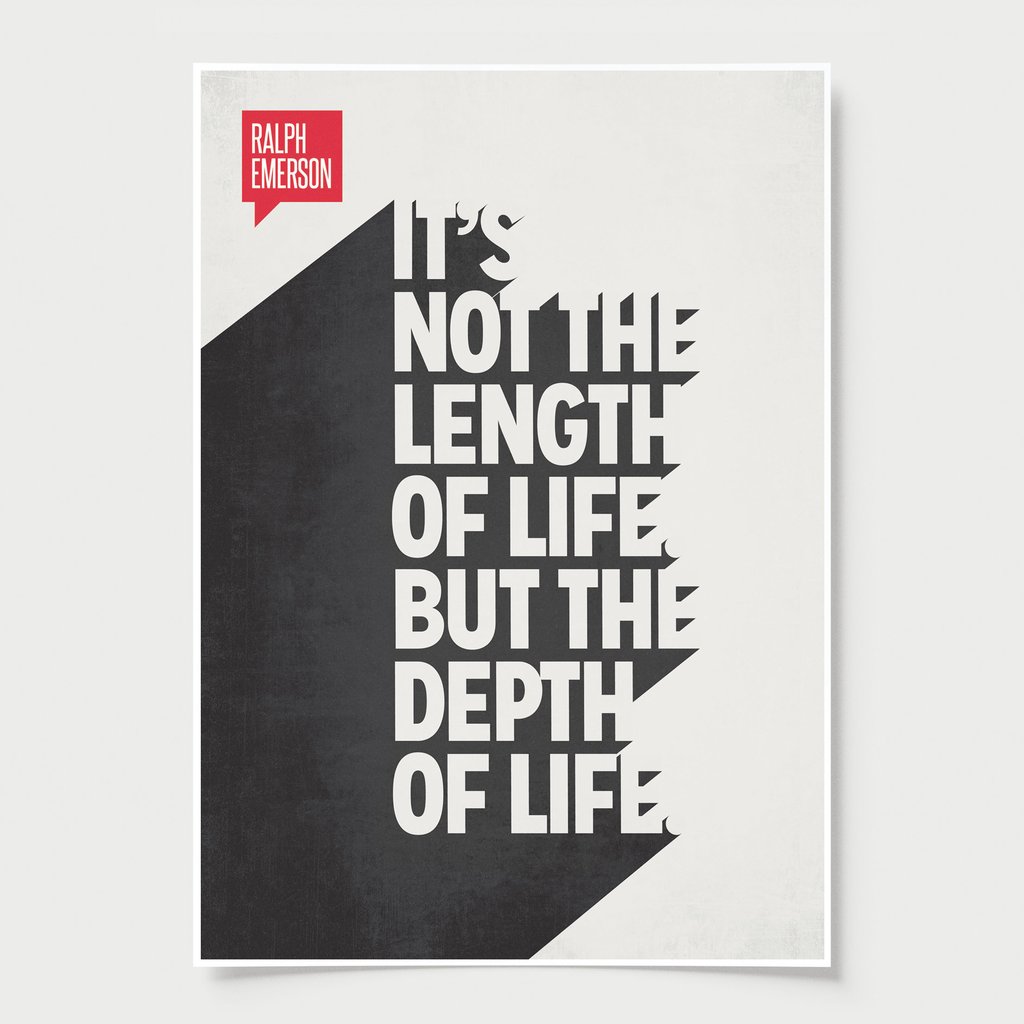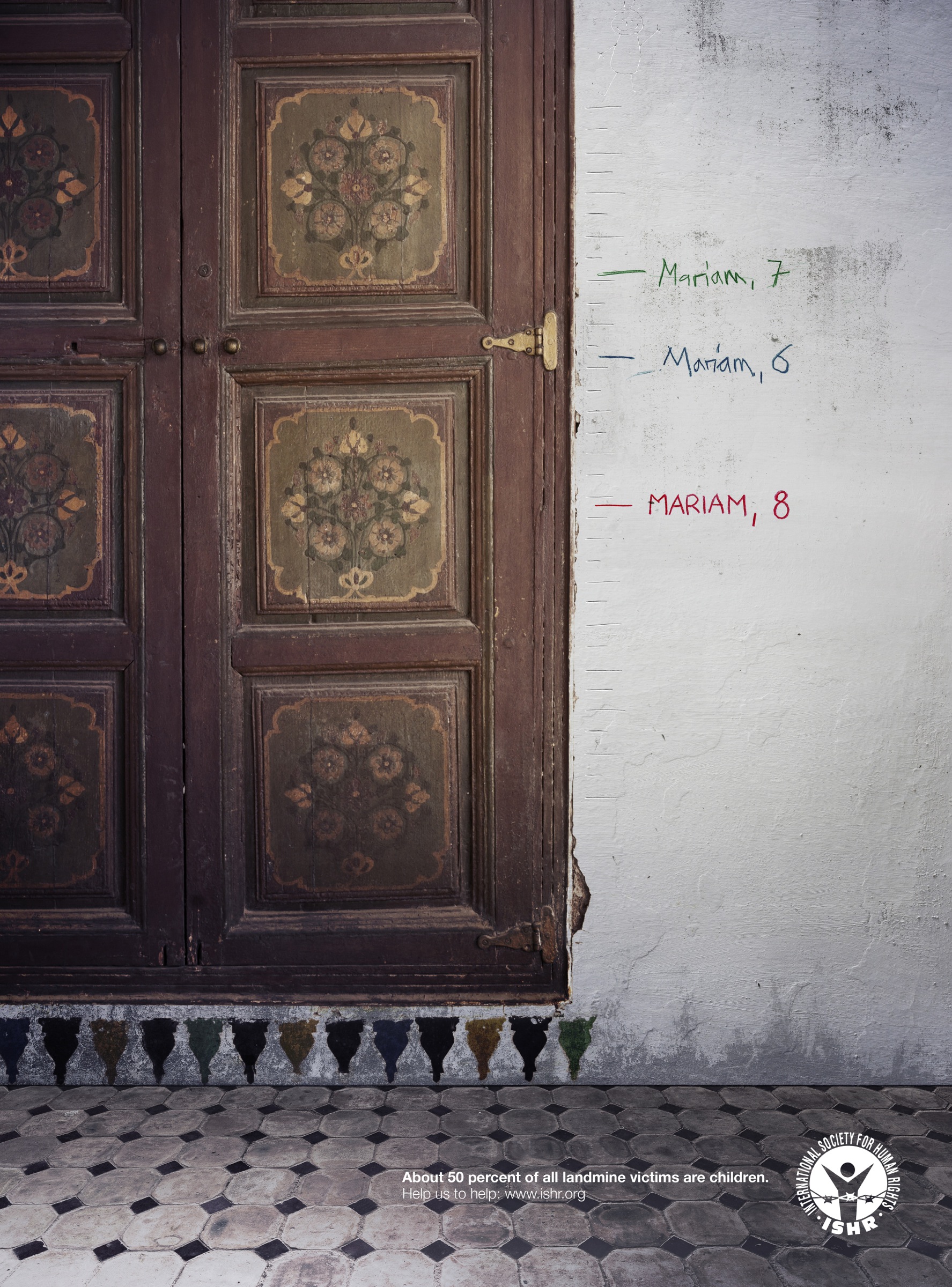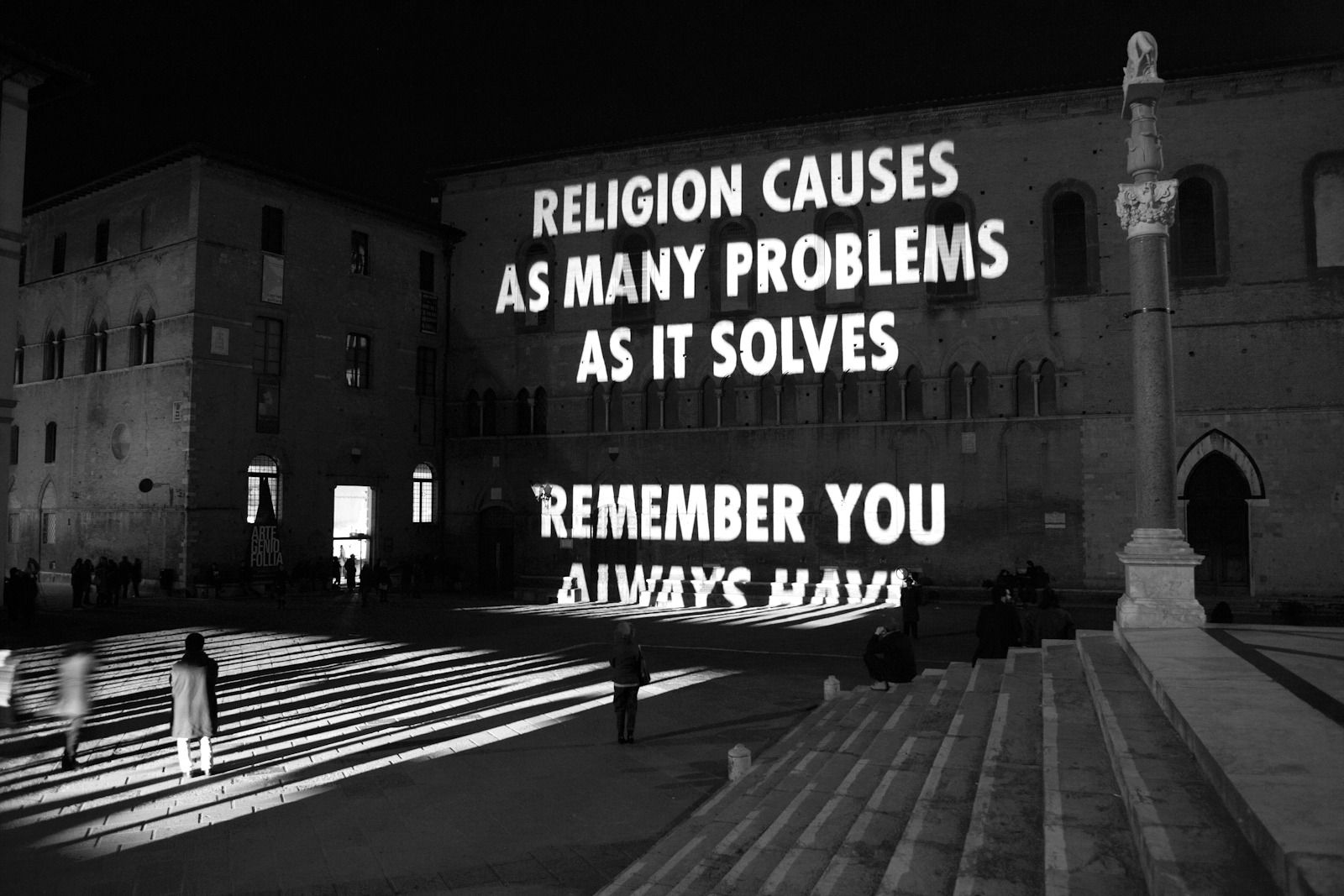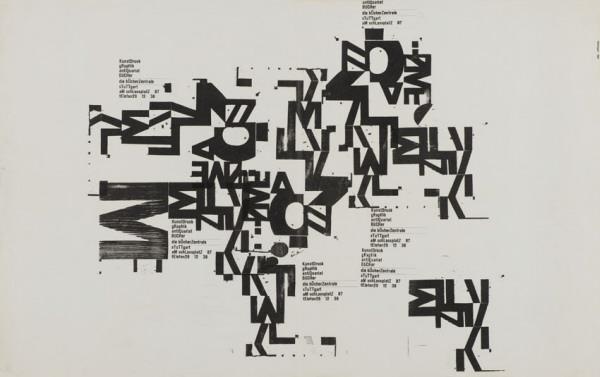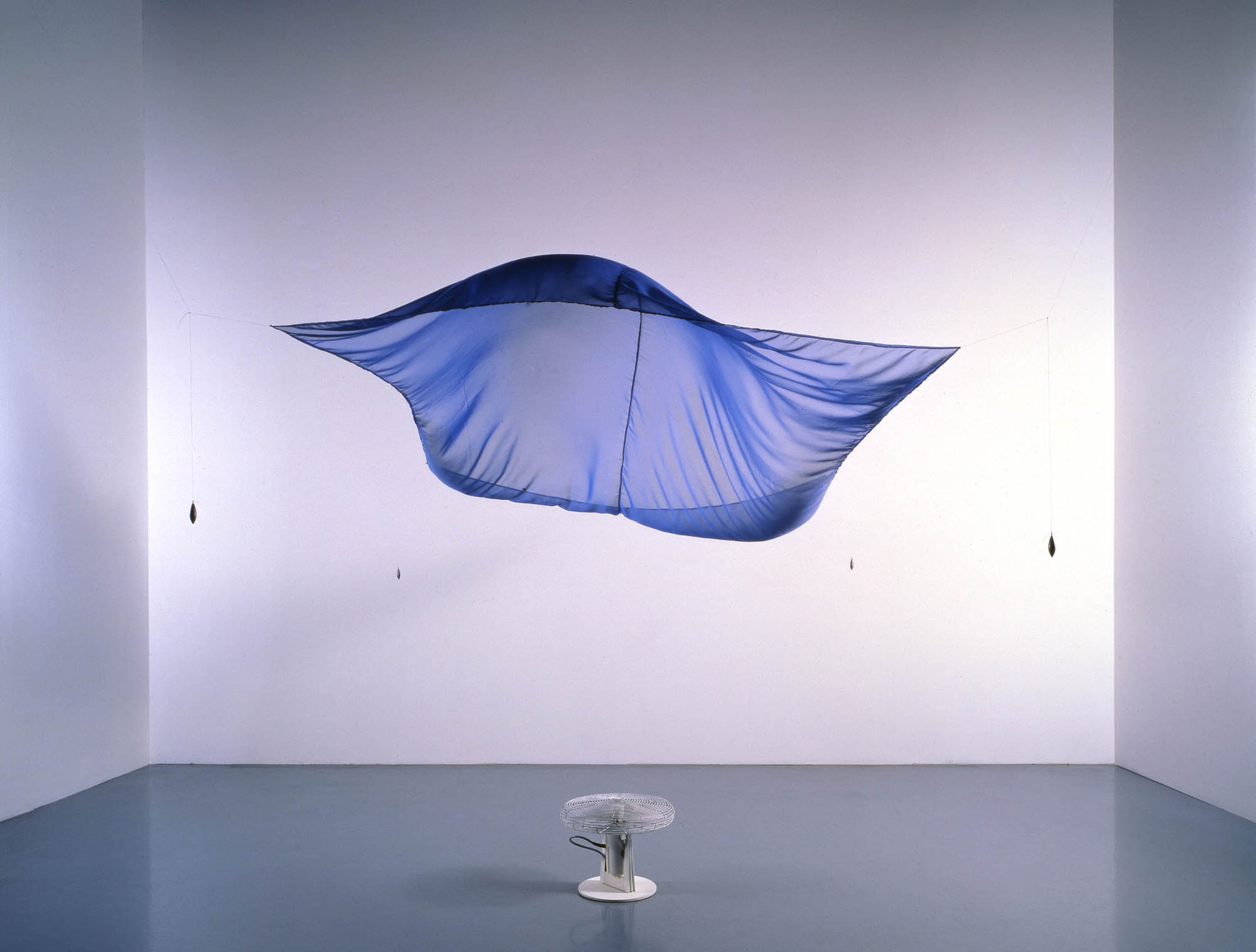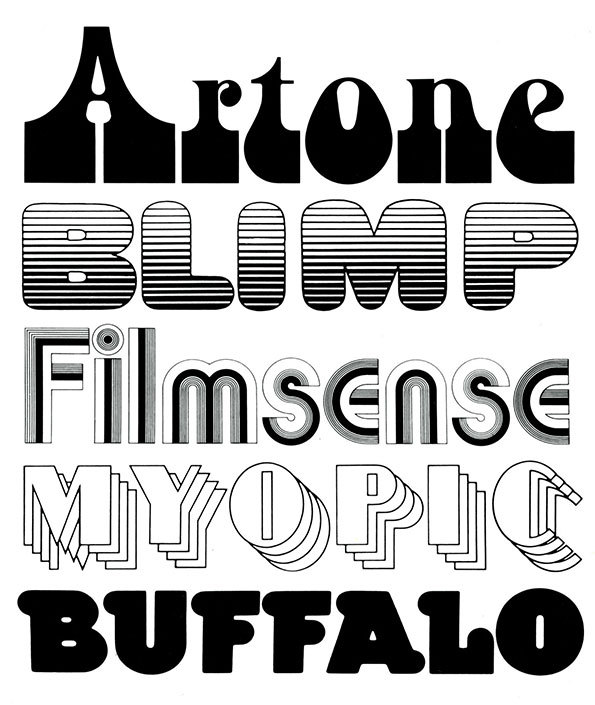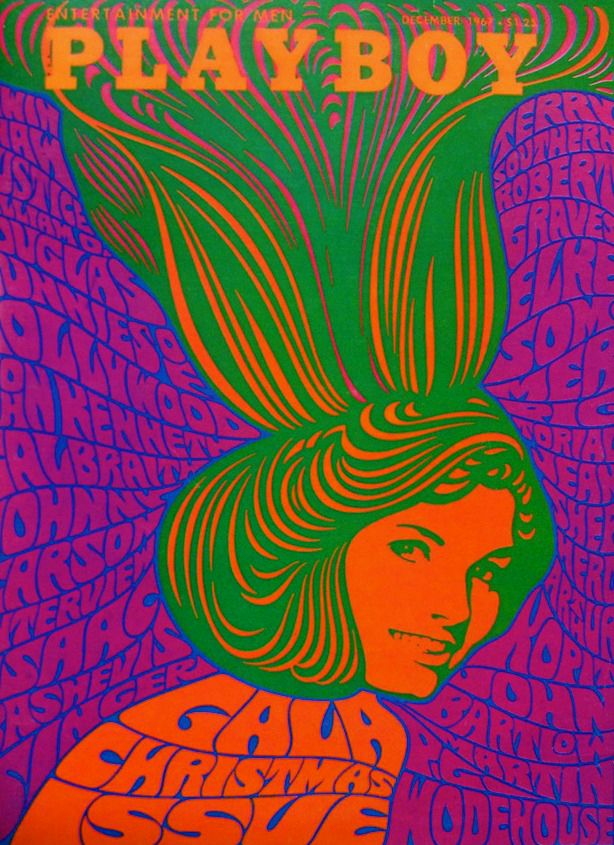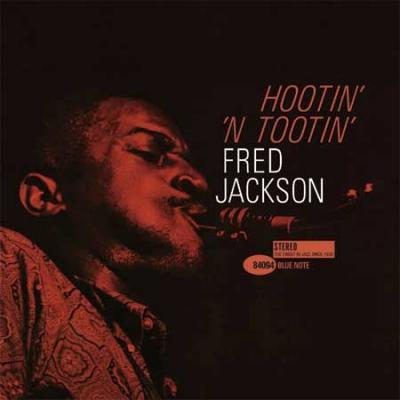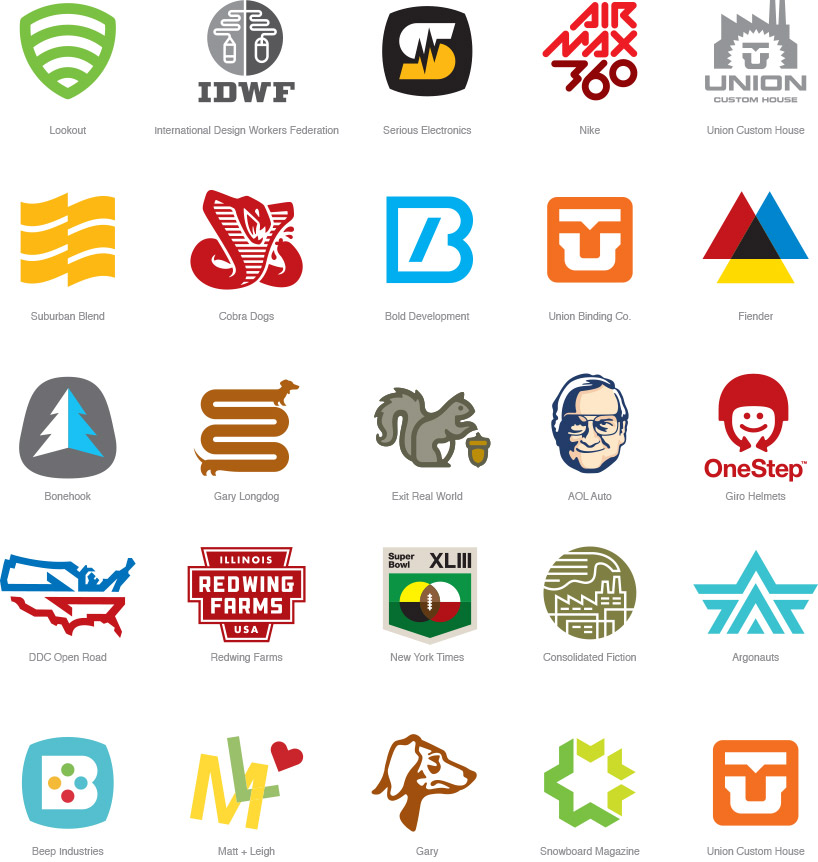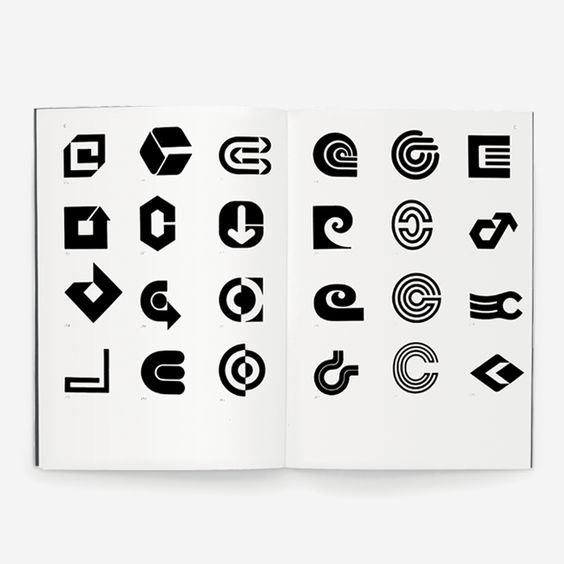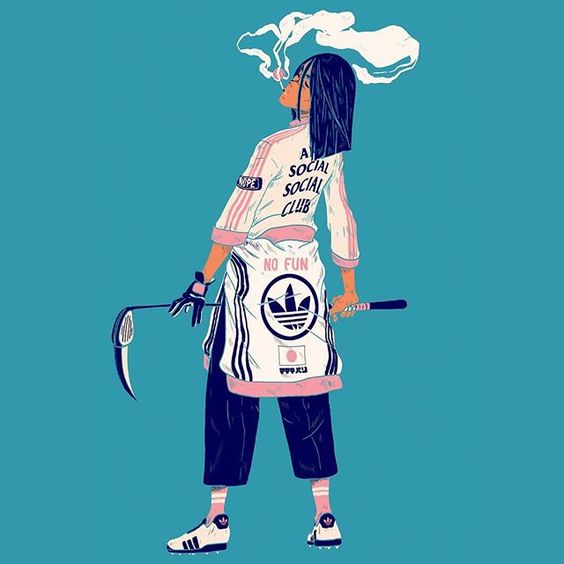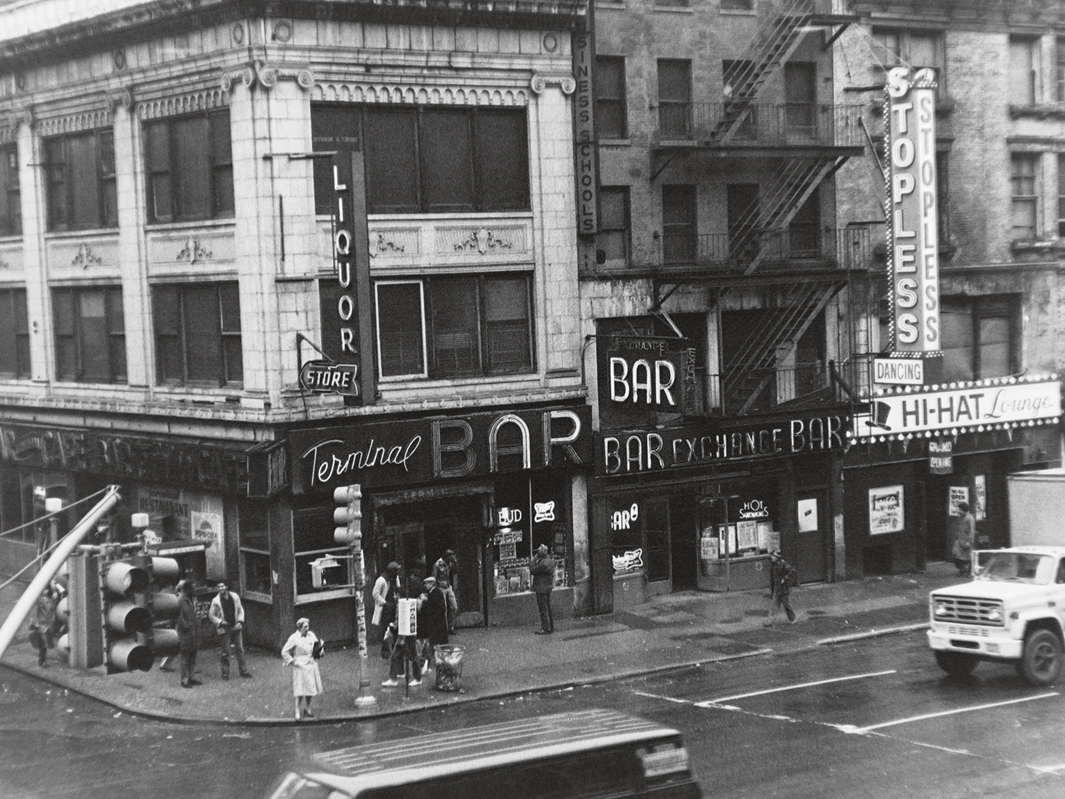These past 9 weeks have really been educational teaching me the importance of research in my work and how it can shape me as a contemporary practitioner in the future. The research lectures have taught me the history of art and design engaging me in the different art movements through the years and the relevance it had in society. Having this new found knowledge of different art movements it has defiantly given me a new perspective in design and has widen my understanding of what good design looks like. As well as the different movements we had sets of new artists, photographers, illustrators and graphic designers that I found greatly inspirational seeing all the different piece of art gave me a whole catalog of work I could reference and use in my own personal work to develop my style.
Having had this research and communication skills course it has prepared me for the second semester developing my skills in researching knowing where to look for information in the library, being able to use the facilities effectively and also going online and finding resources and being able to properly reference them using the Harvard referencing. Taking on board everything I have learnt hopefully I can use my skills to to refine my work using research to get a better understanding questioning my work and using the resource I have found to help refer and develop my idea hopefully allowing me to create more in-depth and visually interesting work.
In our publish or perish lecture I was most interested when we watched a video about Platon a photograph on the Netflix series Abstract. In the video Platon says “Taking a picture is technical but 99.9% is spent on the connection” this reminded me that all the software and techniques we learn about is only a small fraction of are working and we have to develop are way of thinking and working to utilise these tools effectively. Story, message, feeling and connection where important roles in Platon’s work shaping the way it looks. By having all this home work of information behind each photo creates a something that speaks to the viewer using only a single frame.
The importance of connection and feeling was reinforced when I had to write up about the publish and perish blog. When I was looking for published work I found two pice that really spoke to me the Bloomberg business week cover titled no apologies and the International Society for Human Rights poster about children victim from the war. For both these piece I read a lot of articles and news stories about each event and really got engaged and interested with the research I was doing. By doing this blog write up it has shown me the importance of message and content behind my own practice.
I think overall the research lecture skills have widen my knowledge in art, expanded my catalogue of artist I’m inspired by and improved my way of researching and approaching my practice.

